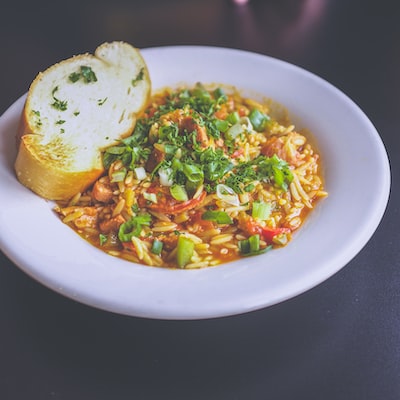Cultural Differences in Food Preparation and Handling Practices
Food safety is an essential aspect of public health and consumer protection. In the United States, food safety regulations and infrastructure are well-developed, with agencies such as the Food and Drug Administration (FDA) and the United States Department of Agriculture (USDA) working to ensure that food is produced and handled in a safe and hygienic manner. However, there are still differences in food safety practices across different cultures and cuisines, which can impact the safety of the food that we eat.
One example of this is the differences in food safety practices between American and Indian or Chinese kitchens. These differences can be attributed to a complex interplay of cultural, social, economic, and historical factors.
One major factor is the level of development of food safety regulations and infrastructure.
In the United States, there are well-established food safety regulations and agencies, which help ensure that food is produced and handled in a safe and hygienic manner. The infrastructure for food safety is also well-developed, with widespread access to refrigeration, clean water, and other resources that promote safe food handling and storage.
In contrast, in India and China
The food safety infrastructure and regulations may be less developed, making it more difficult to ensure that food is handled and stored safely. Additionally, there may be cultural differences in food preparation and handling practices that contribute to differences in food safety. For example, in some parts of India, it is traditional to cook food in large batches and keep it warm for several hours, which can increase the risk of bacterial growth and foodborne illness.
Economic factors may also play a role. In the United States, many people can afford to purchase high-quality, fresh ingredients and kitchen equipment that promote safe food handling and storage. In contrast, in some parts of India and China, people may have more limited access to resources, and may have to rely on less hygienic food handling practices due to financial constraints.
These cultural differences can lead to challenges for some Indian or Chinese restaurants in the U.S. to adhere to American food safety regulations. Some restaurants may not be aware of proper food safety practices, especially if the restaurant owners and staff are recent immigrants who may not be familiar with U.S. food safety regulations and guidelines. Some may also have limited resources to invest in food safety infrastructure and training, and high volumes of customers can lead to shortcuts in food preparation and handling that can increase the risk of foodborne illness.
It’s worth noting that poor food safety practices are not unique to Indian or Chinese restaurants in the U.S. and can be found in restaurants of all cuisines. Food safety is a complex issue that requires ongoing attention and investment to ensure that all restaurants are following best practices to protect the health and safety of their customers.
In conclusion, cultural differences can impact food safety practices in the U.S. It is important to recognize these differences and work towards education and resources to help all restaurants, regardless of cuisine, adhere to best practices for food safety.

Enjoy Safe and Delicious Dining Experiences in Texas: A Guide to Restaurant Health Inspections
Curious about what Texas health inspectors evaluate during restaurant inspections? Our guide covers the seven critical factors, such as food storage, sanitation, and employee hygiene, they assess. Understanding what inspectors look for allows you to make informed decisions about where to dine out, ensuring a safe and healthy experience. Read our guide to learn how to enjoy worry-free dining experiences in Texas. Click now to access the guide.

Top 10 Worst Health Inspection Failures: Protect Yourself from Foodborne Illness
See the Risky Bites list of the top 10 worst restaurants to avoid at all costs.

SAFE EATING TIPS



Want to dine out without worry? Our guide to safe eating tips can help you make informed decisions and enjoy meals without the risk of foodborne illnesses. From choosing the right restaurants to ordering and handling food safely, our tips are designed to keep you and your loved ones healthy and happy when dining out.
